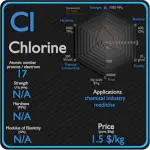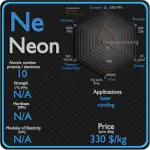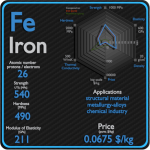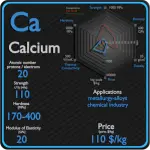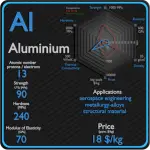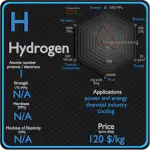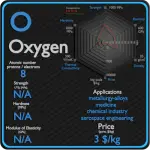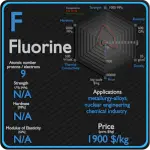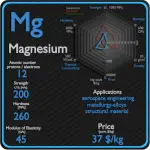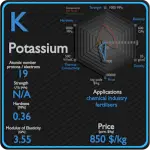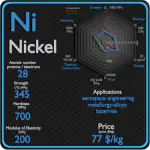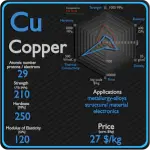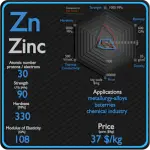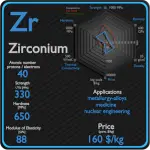This article contains comparison of key thermal and atomic properties of fluorine and iron, two comparable chemical elements from the periodic table. It also contains basic descriptions and applications of both elements. Fluorine vs Iron.

Fluorine and Iron – About Elements
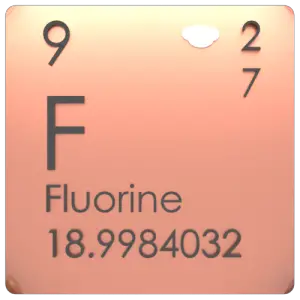
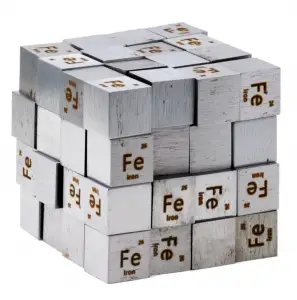
Source: www.luciteria.com
Fluorine and Iron – Applications
Fluorine
Owing to the expense of refining pure fluorine, most commercial applications use fluorine compounds, with about half of mined fluorite used in steelmaking. The rest of the fluorite is converted into corrosive hydrogen fluoride en route to various organic fluorides, or into cryolite, which plays a key role in aluminium refining. Most commercial uranium enrichment processes (gaseous diffusion and the gas centrifuge method) require the uranium to be in a gaseous form, therefore the uranium oxide concentrate must be first converted to uranium hexafluoride, which is a gas at relatively low temperatures. Molecules containing a carbon–fluorine bond often have very high chemical and thermal stability; their major uses are as refrigerants, electrical insulation and cookware, the last as PTFE (Teflon).
Iron
Iron is used in numerous sectors such as electronics, manufacturing, automotive, and construction and building. Iron is the most widely used of all the metals, accounting for over 90% of worldwide metal produc0tion. Its low cost and high strength often make it the material of choice material to withstand stress or transmit forces, such as the construction of machinery and machine tools, rails, automobiles, ship hulls, concrete reinforcing bars, and the load-carrying framework of buildings. Since pure iron is quite soft, it is most commonly combined with alloying elements to make steel. Steels are iron–carbon alloys that may contain appreciable concentrations of other alloying elements. Adding a small amount of non-metallic carbon to iron trades its great ductility for the greater strength. Due to its very-high strength, but still substantial toughness, and its ability to be greatly altered by heat treatment, steel is one of the most useful and common ferrous alloy in modern use. There are thousands of alloys that have different compositions and/or heat treatments. The mechanical properties are sensitive to the content of carbon, which is normally less than 1.0 wt%.
Fluorine and Iron – Comparison in Table
| Element | Fluorine | Iron |
| Density | 0.0017 g/cm3 | 7.874 g/cm3 |
| Ultimate Tensile Strength | N/A | 540 MPa |
| Yield Strength | N/A | 50 MPa |
| Young’s Modulus of Elasticity | N/A | 211 GPa |
| Mohs Scale | N/A | 4.5 |
| Brinell Hardness | N/A | 490 MPa |
| Vickers Hardness | N/A | 608 MPa |
| Melting Point | -219.8 °C | 1538 °C |
| Boiling Point | -188.1 °C | 2861 °C |
| Thermal Conductivity | 0.0279 W/mK | 80.2 W/mK |
| Thermal Expansion Coefficient | N/A | 11.8 µm/mK |
| Specific Heat | 0.82 J/g K | 0.44 J/g K |
| Heat of Fusion | 0.2552 kJ/mol | 13.8 kJ/mol |
| Heat of Vaporization | 3.2698 kJ/mol | 349.6 kJ/mol |
